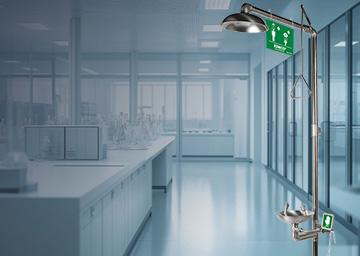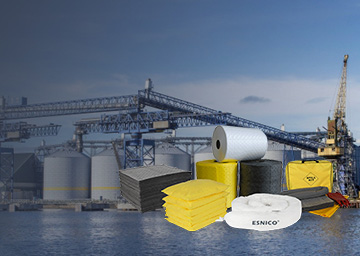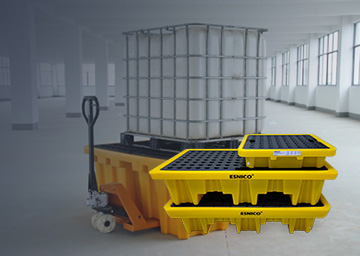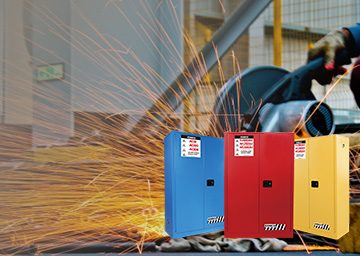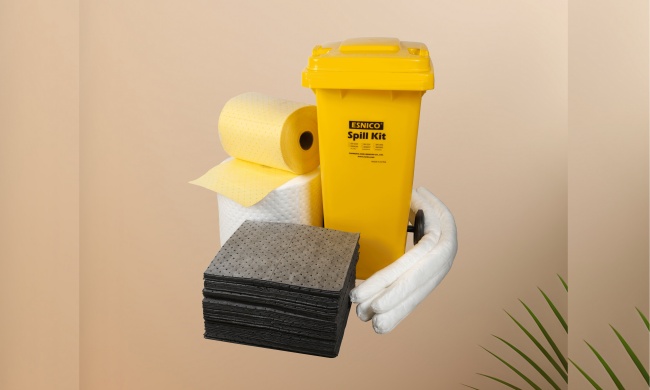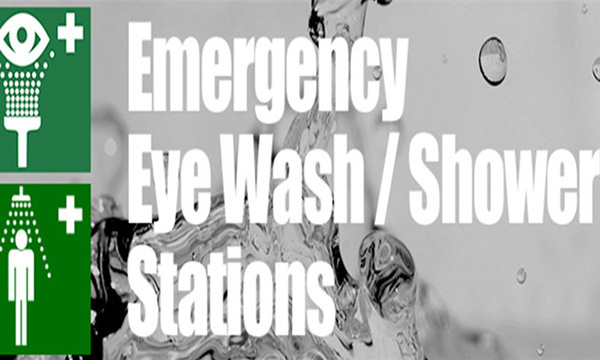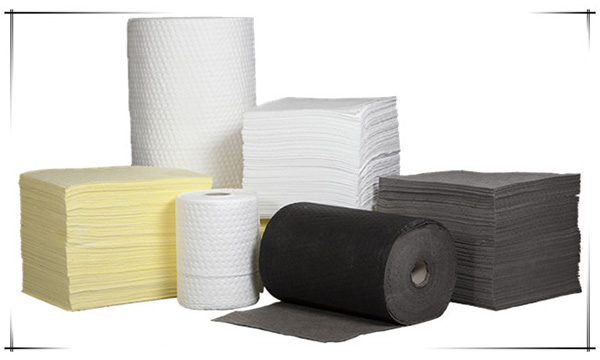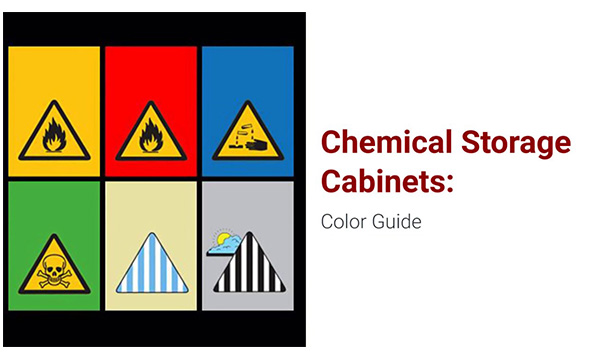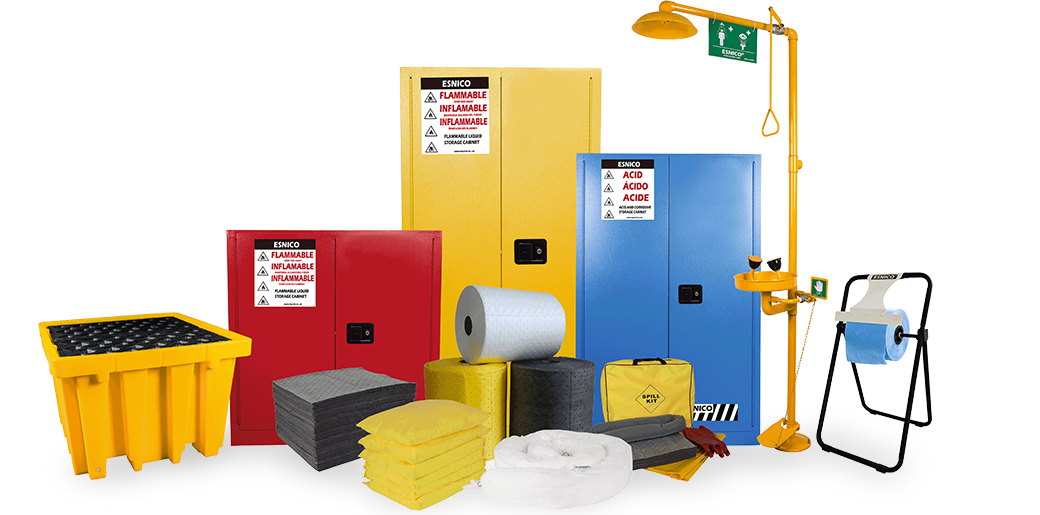Spill kits are crucial for any workplace handling hazardous materials. Choosing the right spill kit ensures that you can effectively respond to spills, minimizing risks to the environment and personnel. With various types of spill kits available, selecting the most suitable one can be daunting. This guide will help you navigate through the process and make an informed decision.
Identify Potential Hazards:
Begin by identifying the types of hazardous materials present in your workplace. Consider both the common substances used and any potential incidental spills. Different substances require specific spill kits designed to handle their properties.
Assess Spill Risk and Volume:
Determine the potential size of a spill. Spill kits are available in various sizes to handle different volumes. Consider the maximum quantity of hazardous material that could be spilled in a single event.
Understand Spill Kit Components:
Familiarize yourself with the components of a spill kit. Basic kits typically include absorbent materials (pads, socks, pillows), personal protective equipment (PPE), disposal bags, and instructions. Some kits may also include containment devices and neutralizing agents.
Consider the Environment:
Evaluate the environment where spills are most likely to occur. Indoor spills may require different containment methods than outdoor spills. Consider factors like temperature, humidity, and accessibility when choosing a spill kit.
Review Regulatory Requirements:
Be aware of regulatory requirements specific to your industry. OSHA and EPA regulations often mandate the type and size of spill kits needed based on the types and quantities of hazardous materials used.
Choose the Correct Absorbent Material:
Select absorbents that are compatible with the hazardous materials in your workplace. For example, chemical spills may require chemical-resistant absorbents, while oil spills may require hydrophobic absorbents.
Select Appropriate PPE:
Ensure that the spill kit includes appropriate PPE for the hazardous materials present. This may include gloves, goggles, masks, and coveralls. PPE should be comfortable, durable, and provide adequate protection.
Consider Specialized Kits:
Depending on your industry and specific needs, you may require specialized spill kits. For example, there are kits designed for battery acid spills, mercury spills, and biohazard spills. Ensure the kit meets the specific requirements of the hazard.
Evaluate Accessibility and Storage:
Spill kits should be easily accessible in case of an emergency. Consider where the kits will be stored and how quickly they can be accessed. Kits should be stored in a dry, cool area away from direct sunlight.
Train Employees:
Proper training is essential for effective spill response. Ensure that employees are familiar with the location of spill kits, how to use them, and the importance of timely and proper spill response.
In conclusion, choosing the right spill kit involves a thorough assessment of potential hazards, spill risks, regulatory requirements, and environmental factors. By understanding your specific needs and selecting the appropriate kit, you can effectively mitigate the risks associated with hazardous material spills in your workplace.

